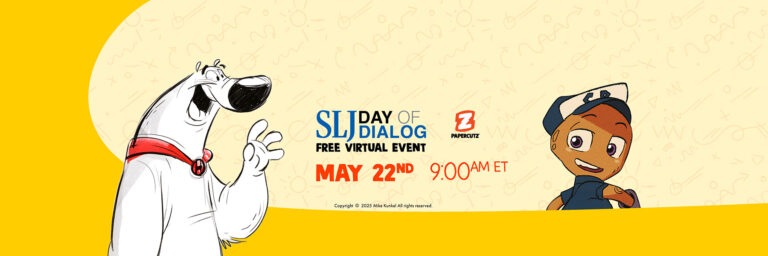
Papercutz Dreams of SLJ’s Spring Day of Dialog 2025!
Hello dear readers! We’re happy to report we’ll be attending our friend School Library Journal’s Spring Day of Dialog 2025 on Thursday May 22nd! Stop
In an era of rapid technological advancement and societal shifts, modern education is at a critical juncture, facing challenges that threaten the very fabric of traditional learning. It is within this tumultuous backdrop that “Digital Lizards of Doom,” created by Gabriel Valentin, emerges—not merely as a graphic novel series but as a visionary response crafted to directly address these educational upheavals.
Born from a dialogue between Valentin and the educational community, including educators, administrators, and students, “Digital Lizards of Doom” transcends its role as entertainment. It embodies a meticulously designed universe, aiming to tackle the nuanced issues confronting today’s educational landscape. Valentin reveals, “My recent discussions with educators, administrators, and students have centered on sculpting a curriculum from this fictional universe, purposefully created to address the substantial challenges contemporary educators face.” This collaboration has given rise to a curriculum that not only meets the moment but pioneers educational innovation.
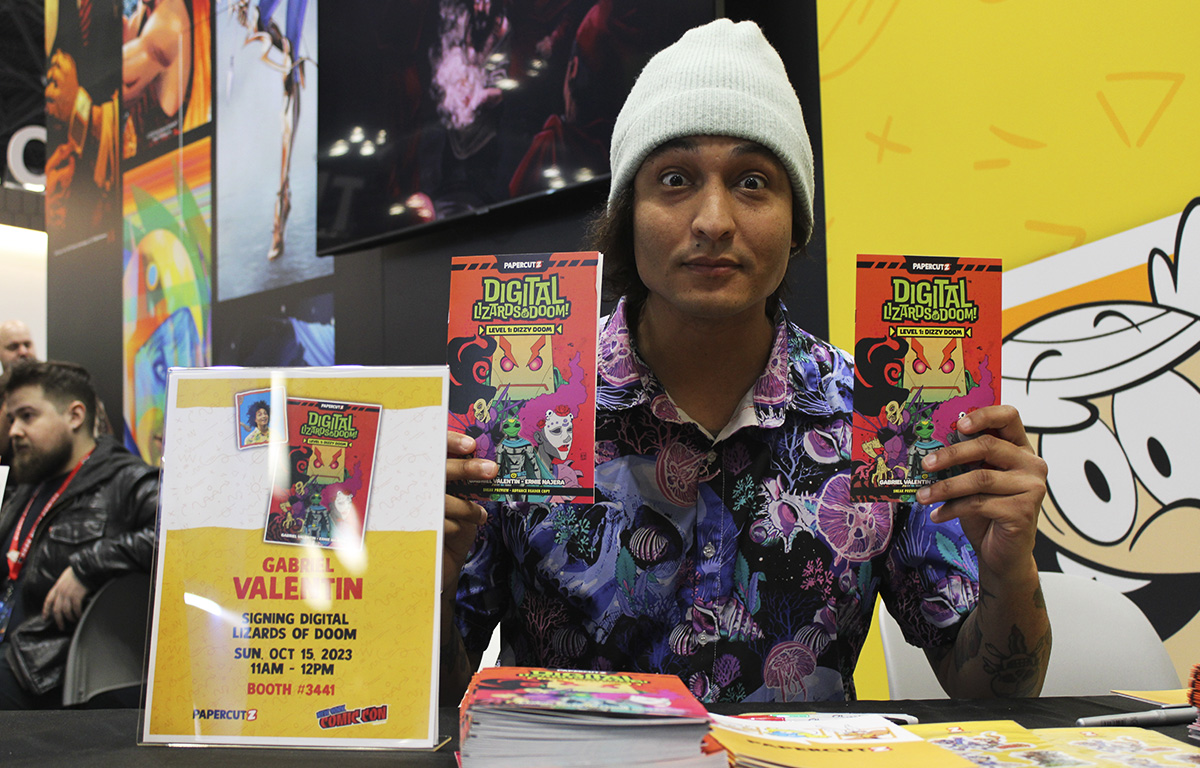
Children, having navigated the formative years of their education through the lens of virtual classrooms, are now thrust into physical learning spaces, struggling to reconcile their digital-native fluency with the analog rhythms of conventional schooling. Teachers, meanwhile, face the daunting task of engaging a generation of learners whose attention spans have been fragmented by the instant gratification of digital media. Districts are caught in a vise, pressured to update curriculums that have fallen woefully behind the times while simultaneously catering to an increasingly diverse and rapidly changing student population.
The transition from virtual to physical learning environments has not been smooth. Students, accustomed to the autonomy and flexibility of online education, find themselves lost within the structured confines of traditional classrooms. The curriculum they encounter feels disconnected from their lived experiences and the dynamic world around them. Classics of literature, while valuable, fail to captivate the imaginations of a generation raised amidst this new digital age. The result is a growing disconnect, leaving educators searching for ways to bridge the gap between yesterday’s educational mandates and today’s student needs.
Amidst this landscape of educational turmoil, the “Dizzy Doom Kids” curriculum emerges not just as a solution but as a powerful invitation to radically rethink our approach to teaching and learning. The “Dizzy Doom Kids” curriculum is already being adopted successfully in schools across the San Diego area, proving its effectiveness in engaging and inspiring students. Rooted in the narrative of the “Digital Lizards of Doom” graphic novel series, this curriculum marks a transformative change. It resonates with themes relevant to today’s youth, providing a fertile ground for critical thinking, problem-solving, and social emotional learning.
Tobie Pace, the Senior Director of Extended Learning Opportunities for the San Diego Unified School District, captures the essence of this transformative potential, stating: “The Digital Lizards of Doom book has ignited a passion for literacy in some of our most disengaged students… it eliminates barriers of accessibility to engage young students, especially those who don’t see themselves as readers.” This insight underscores the curriculum’s ability to transcend traditional educational barriers, rekindling a love for learning in students who had previously felt alienated by the educational system. And the choice of medium—graphic novels—is both current and strategic, tapping into the visual and interactive preferences of digital-native students. It proves that education can be both entertaining and enlightening, offering a seamless blend of engagement and learning.
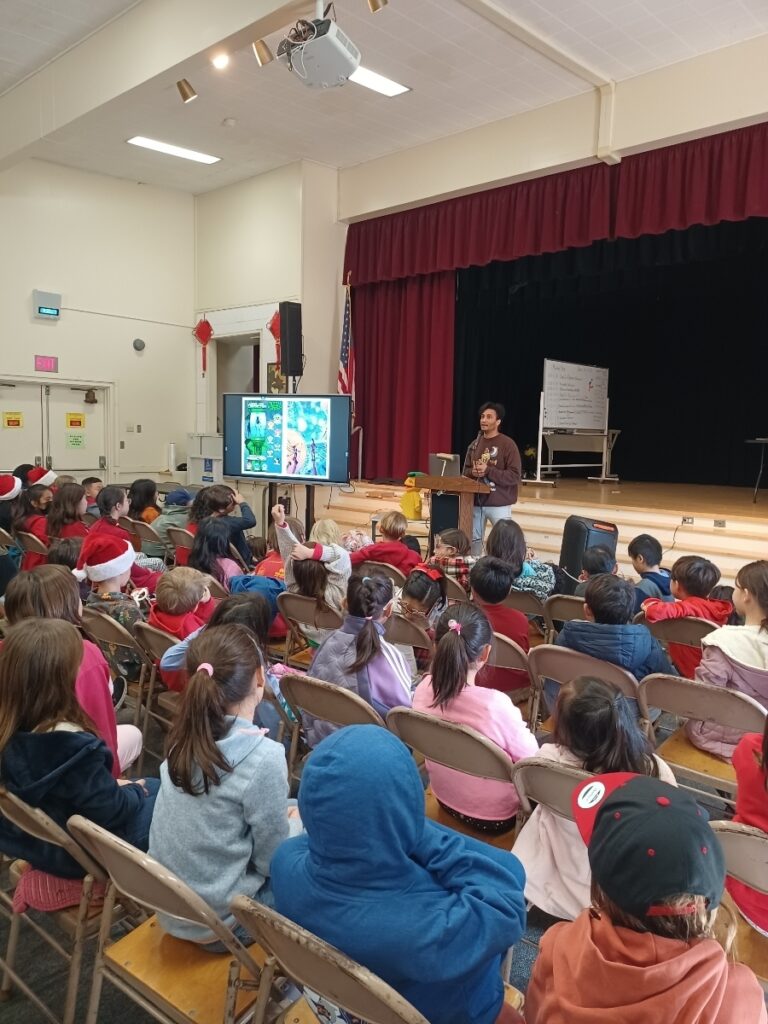

For teachers, the allure of the “Dizzy Doom Kids” curriculum lies not only in its innovative approach to engagement and literacy but also in its ease of implementation and profound impact on student outcomes. Designed with a deep understanding of the pressures and constraints educators face, it offers a comprehensive suite of resources that minimize planning and preparation time while maximizing teaching effectiveness. Lesson plans, assessments, and a wide array of support materials are provided, allowing teachers to seamlessly integrate this content into their classrooms.
Moreover, the curriculum addresses a critical need in contemporary education: the development of social emotional learning (SEL) skills. By fostering empathy, resilience, and teamwork through its narrative-driven approach, “Dizzy Doom Kids” equips students with essential tools for personal and academic success in an increasingly complex world. For educators, this means not only meeting but exceeding curriculum standards, contributing to a holistic educational environment that nurtures both the intellect and emotional well-being of their students.
Choosing the “Dizzy Doom Kids” curriculum is not merely selecting an educational tool; it’s embracing a vision for a future where education transcends traditional pedagogy. Engaging students in a journey of discovery prepares them for the challenges and opportunities of the 21st century. This curriculum is a testament to what is possible when we dare to imagine an education system that values curiosity, creativity, and connection, making it an indispensable asset for educators seeking to forge a brighter path forward for their students.
And speaking of their students, here are a few reviews from those who have participated in the curriculum.
For more information, please visit dizzydoomkids.com or order a copy of Digital Lizards of Doom from papercutz.com.
Share:

Hello dear readers! We’re happy to report we’ll be attending our friend School Library Journal’s Spring Day of Dialog 2025 on Thursday May 22nd! Stop
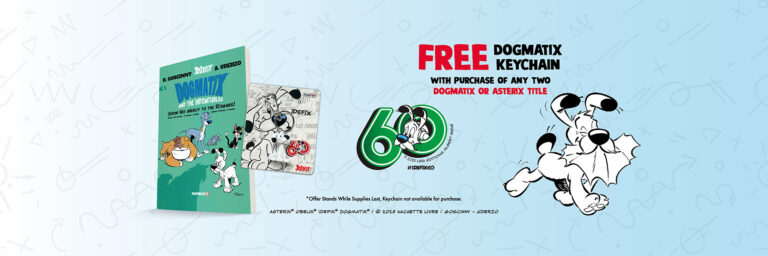
What a journey for Dogmatix, who, at first, was just a “little dog of an indeterminate breed” found by chance at the door of a
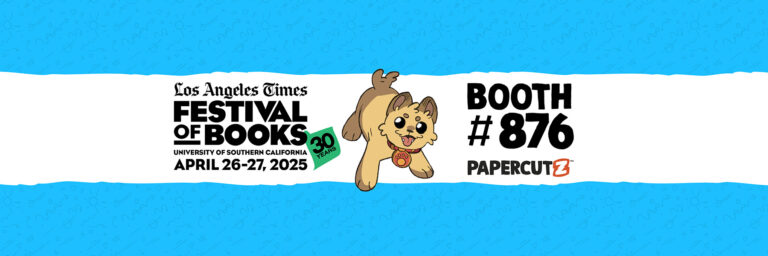
Hi Readers hope you’re doing well and having a great Spring so far! We’re happy to report we’re heading to sunny Los Angeles this weekend
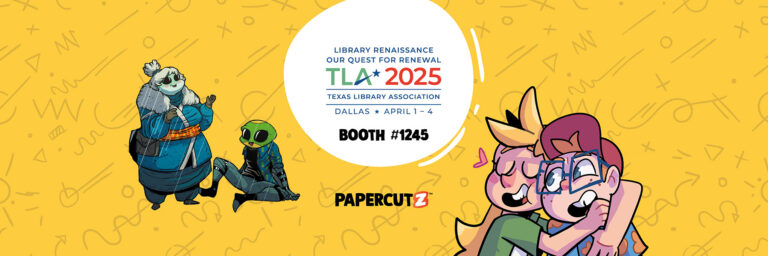
Howdy Readers! We’re thrilled to announce we’ll be putting on our ten gallon hats and heading to TLA 2025 in Dallas, Texas April 1st to

Ten-Ton Titan TerrierCreator: David Pepose, Ornella Greco, Justin Birch PRE-ORDER NOW! Papercutz is proud to present a pawesome power-packed adventure in TEN TON TITAN TERRIER
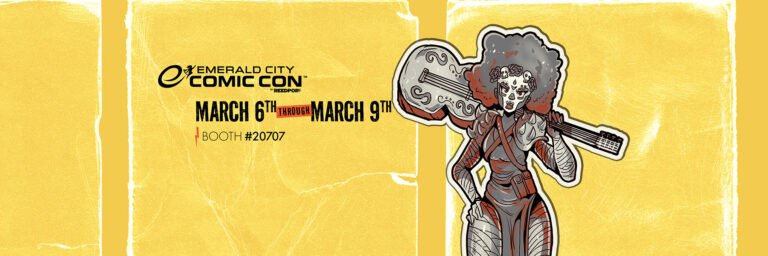
Join us for a great (and green) weekend of graphic novels at Emerald City Comic Con in Seattle, Washington March 6th to 9th Booth 20707!
©2025 Papercutz, an imprint of Mad Cave Studios LLC. All rights reserved.
©2025 Papercutz, an imprint of Mad Cave Studios, Inc. All rights reserved.
Subscribe to the Papercutz newsletter, find out everything about our upcoming releases.